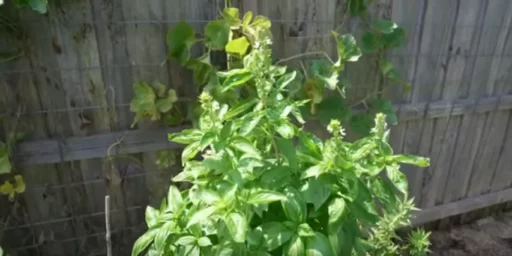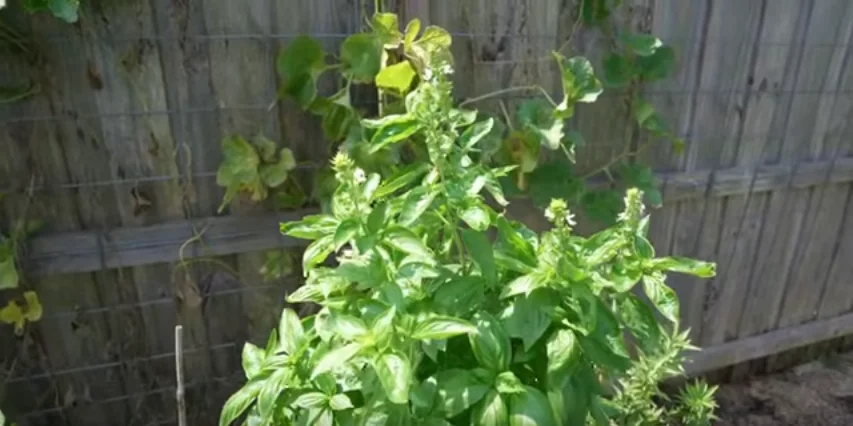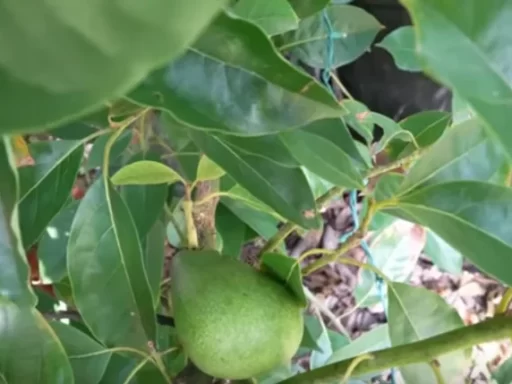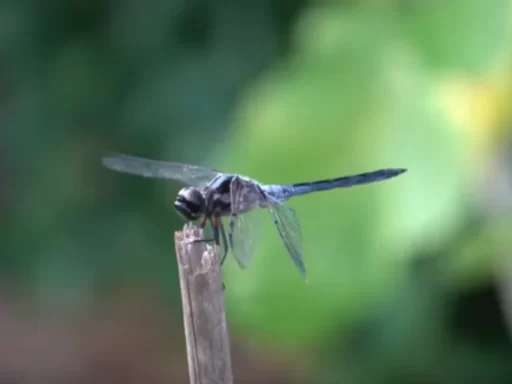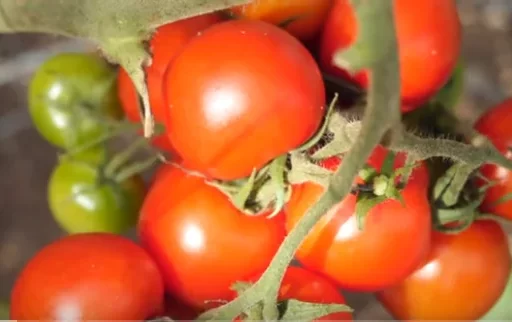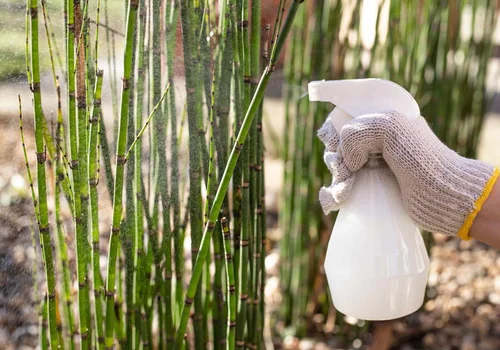As gardeners, we are always on the lookout for natural and sustainable ways to maintain the health of our plants and trees. One technique that stands out is “Chop and Drop.” This simple yet effective method replicates natural forest ecosystems and can have long-lasting benefits for your fruit trees and ornamental landscaping.
What is Chop and Drop?
Chop and Drop is exactly what it sounds like. After pruning your trees, instead of discarding the branches and leaves, you chop them into smaller pieces and drop them around the base of your trees. This helps create a self-sustaining ecosystem similar to what you would find on a forest floor.
Why Is Chop and Drop Important?
In nature, forests are self-sustaining systems where trees constantly shed leaves, branches, and other organic material. This organic matter decomposes and enriches the soil, providing all the necessary nutrients for the trees to grow and thrive. The key to the Chop and Drop method is replicating this process in your garden to promote healthy growth without relying on artificial fertilizers.
How Does Chop and Drop Work?
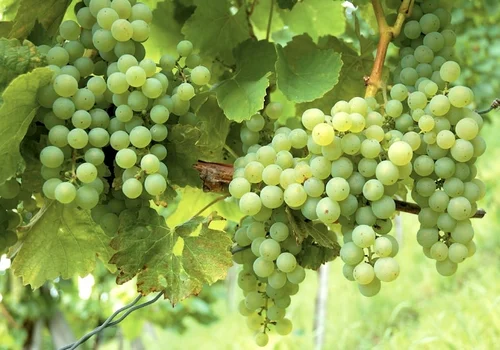
When you prune your trees, you are essentially creating a source of organic matter filled with nutrients that the tree can use to nourish itself. By chopping up the prunings and leaving them at the base of the tree, you allow them to decompose over time. This decomposition process releases both macronutrients (like nitrogen, phosphorus, and potassium) and micronutrients back into the soil, feeding the tree naturally.
Permaculture and Self-Sustaining Systems
Chop and Drop is rooted in the principles of permaculture, which focuses on creating self-sustaining systems that require minimal human intervention. In a forest, trees, plants, fungi, and microorganisms work together to create a balanced ecosystem. The same concept can be applied to your garden.
While vegetable gardens often need constant attention, fertilization, and amendments, fruit trees and ornamental plants can thrive with less maintenance if you use the Chop and Drop method. It not only saves you time but also reduces the need for chemical fertilizers.
Steps to Implement Chop and Drop
Here’s a simple guide to using the Chop and Drop technique:
- Prune Your Trees: Start by pruning your fruit or ornamental trees. It’s best to do this in the late summer or early fall to prepare the trees for the coming season.
- Chop the Branches: Using pruning shears or a small saw, cut the branches and leaves into smaller, more manageable pieces.
- Drop the Prunings Around the Tree Base: Spread the chopped pieces evenly around the base of the tree. Make sure not to pile the material directly against the trunk, as this can cause rot.
- Layer with Compost (Optional): If you want to boost the nutrition even further, add a layer of compost over the chopped prunings. This will speed up the decomposition process and provide additional nutrients.
- Let Nature Take Its Course: Over time, the prunings will break down and enrich the soil, creating a healthy environment for your trees to grow.
Benefits of Chop and Drop
- Natural Mulch: The prunings act as mulch, helping retain moisture in the soil and suppressing weed growth.
- Cost-Effective: The Chop and Drop method is completely free. All you need are the prunings from your own trees, eliminating the need for expensive fertilizers.
- Nutrient Recycling: This method recycles nutrients from the tree back into the soil, promoting healthy growth.
- Soil Health: As the organic matter decomposes, it improves soil structure, encouraging beneficial organisms like earthworms and fungi to thrive.
When to Use Chop and Drop?
The best time to use Chop and Drop is during tree pruning season, which usually occurs in late summer or early fall. This timing allows the prunings to decompose during the winter months, providing your trees with a rich source of nutrients as they come out of dormancy in the spring.
Using Chop and Drop for Different Plants
While the Chop and Drop method is commonly used for fruit trees, it can also be applied to ornamental landscaping and even vegetable gardens. For example, after harvesting your summer crops, you can chop up the leftover plant material and use it as mulch around your garden beds.
This method can be especially beneficial for trees that are sensitive to fertilizers, such as avocados and citrus trees. These trees often respond better to natural, slow-release nutrients rather than the quick bursts provided by commercial fertilizers.
Frequently Asked Questions About Chop and Drop
- Can I use Chop and Drop for all types of trees? Yes, Chop and Drop can be used for fruit trees, ornamental trees, and even shrubs. Just ensure that the prunings are not diseased, as this could spread to other plants.
- Do I need to use additional fertilizer with Chop and Drop? It depends on your soil and the health of your trees. While Chop and Drop provides a natural source of nutrients, some gardeners may choose to supplement with compost or organic fertilizers for an extra boost.
- How long does it take for the prunings to decompose? The decomposition process can vary depending on the type of wood and climate conditions. Softer materials like leaves and small branches will break down faster than larger, woody branches.
- Is there anything I shouldn’t use for Chop and Drop? Avoid using diseased prunings or materials that could introduce pests into your garden. Also, be cautious with thorny plants, as they can make future garden work more difficult.
- Can I use Chop and Drop in my vegetable garden? Yes, you can use this method in your vegetable garden by chopping up old plants and spreading them as mulch. This helps improve soil health and reduces the need for synthetic fertilizers.
- How often should I perform Chop and Drop? You can perform Chop and Drop after each pruning session or whenever you have excess organic material in your garden. The more frequently you do it, the more benefits your plants will receive.
- What if I have too many prunings? If you have more prunings than you can use, consider composting the excess or turning them into wood chips to use elsewhere in your garden.

